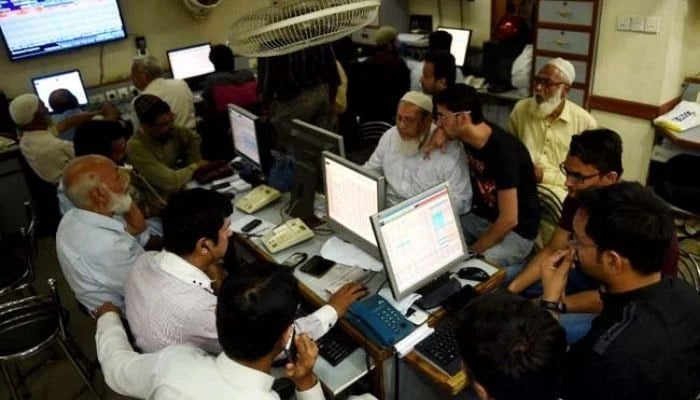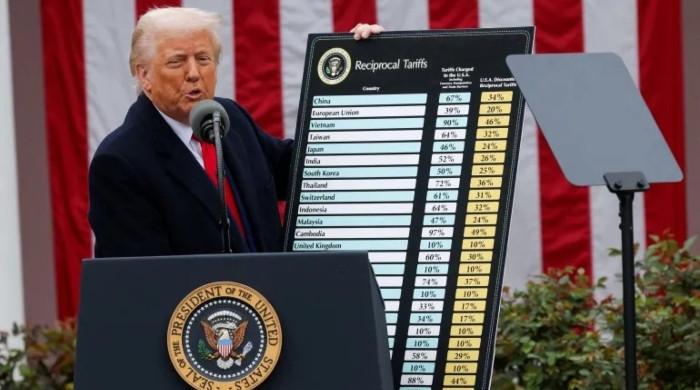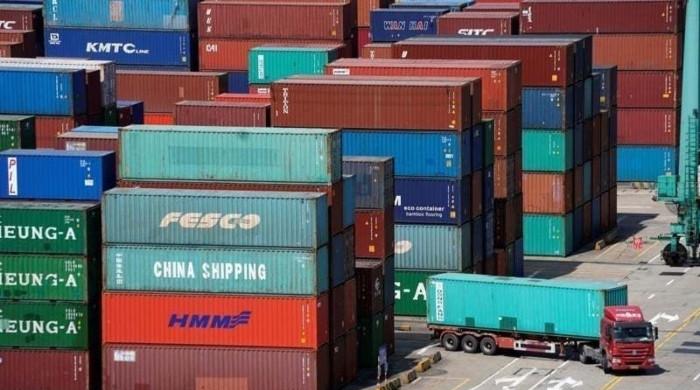Breaking the backbone: Tax on the salaried
Incidence of taxes on salaried segment has in fact increased in range of 25-40%
June 15, 2024

The salaried segment, which works in the formal sector and gets its taxes withheld from its income automatically, now has to pay more taxes on its income. This is despite budget promises of no additional taxes on the salaried.
The incidence of taxes on the salaried segment has in fact increased in the range of 25-40%, mostly in the middle to upper-middle income brackets.
It is to be noted that this segment has lost significant purchasing power over the last five years. With inflation exceeding more than 100% over the last five years, wages have not kept pace, as any increment often lags behind the overall inflation levels.
Moreover, a progressively worse taxation regime over the years has led to a scenario where this particular segment has been treated the most harshly by policymakers. It is estimated that post-tax real incomes over the last five years have reduced by more than 40% for most individuals in various tax brackets. This effectively implies a loss in purchasing power and a gradual erosion in the quality of life of such households. As utility prices have also increased at a pace much higher than inflation, households have had to cut back on many such expenses.
Due to this, there is little to no incentive for individuals to operate in the formal segment. This has led to an acceleration in the exodus of intellectual capital from the country — resulting in a big gap between the skills that are required for the future, and the supply for these. The marginal price, or the wage at which individuals may actually move abroad from the country, has never been lower — as the purchasing power of the rupee is eroded. And the government, instead of incentivising such individuals to stay, further burdens them with more taxes.
Instead of expanding the tax net, the government further deepened it, which only reduced after-tax income for individuals across various tax brackets. Moreover, in many such cases, expenses such as education and health have grown at a faster rate than inflation — making inflation for the formal salaried segment potentially much higher than the general inflation.
Excessive taxation measures and erosion of the value of the rupee have led to a rapid destruction of the middle class, which ought to be a bulwark for an economy. This is visible in the largely flat consumption of electricity on a per capita basis over the last five years. As incomes stagnated in real terms and expenses increased, households continued to cut back on the same.
By penalising the existing taxpayers, the government has done a disservice to them. This could lead to unintended consequences, which may include an exodus of intellectual capital, a transition from formal salaries to off-shore transfers wherever possible, and a general lack of trust in the government to roll out any equitable taxation plan.
It has been identified time and again that the tax net needs to be widened, but due to either lack of imagination or just political will, this is simply not possible — resulting in a deepening of the tax net, and destruction of real incomes across participants in the formal economy. There is a strong disincentive to operate in the formal economy — and the government refuses to change this.
The writer is an independent macroeconomist. He posts on X @rogueonomist
Disclaimer: The viewpoints expressed in this piece are the writer's own and don't necessarily reflect Geo.tv's editorial policy.
Originally published in The News











